In the past, we’ve discussed some of the more well-known ways that domestic automakers helped the war effort during World War II. As a result, most of us are familiar with the Jeep’s origin story and every historian worth their salt is aware of the Merlin legacy—heck, if you’re a Studebaker fan, you’ve probably heard of the M29 Weasel too.
But even in gearhead circles, not a lot of folks know about Graham-Paige’s contribution to Allied manufacturing muscle.
A Short History of Graham-Paige Automobiles
The Graham brothers got their start converting Ford Model Ts into trucks during the late 1910s and parlayed that experience into their own line of automobiles after buying the Paige-Detroit Motor Car Company in 1927.

Graham-Paige automobiles packed many innovations—including an eight-cylinder engine with a crank-driven supercharger. And they were no slouch in the looks department either, with later models winning plenty of styling acclaim from the automotive press.
But it wasn’t enough.
Though the company weathered The Great Depression better than other automakers, by the end of the 1930s sales had slowed and Graham-Paige struggled to find a toehold in the automobile market behind Detroit’s Big Three.
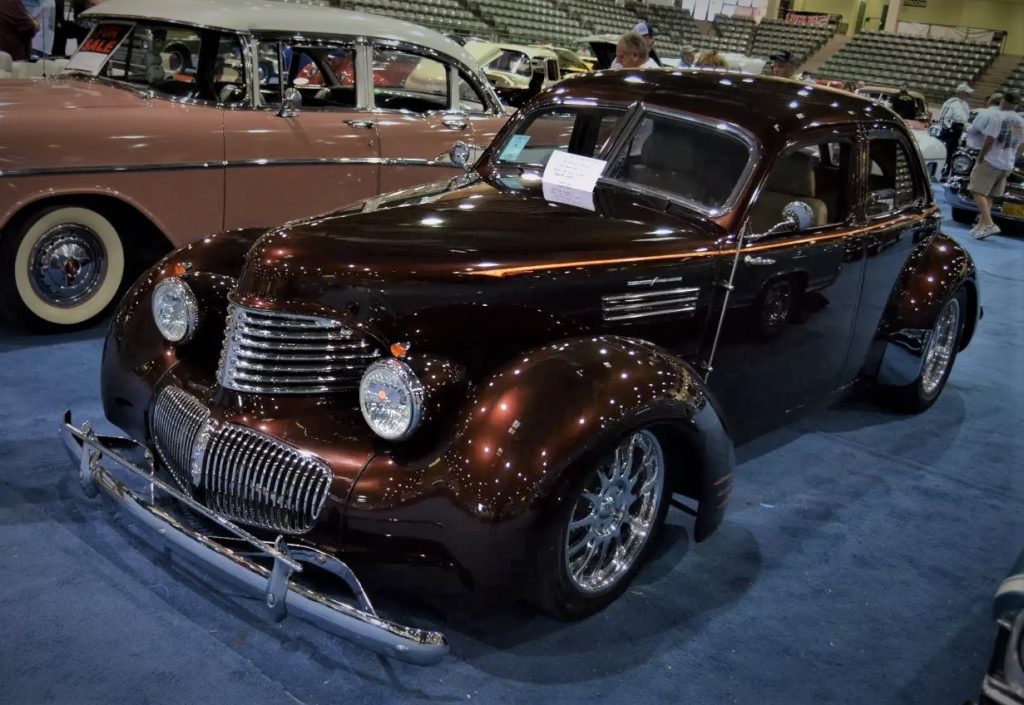
With the onset of World War II, the company halted its automobile production entirely as it shifted its factory to the war effort. Graham-Paige expected to resume making cars after the war ended, but that didn’t come to pass.
We’ll explain how that happened in a bit more detail later, but first, let’s talk about a vehicle affectionally dubbed the “Buffalo.”
Meet the LVT
Early in the war, the Allies realized that they needed a multi-role amphibious beach landing vehicle, which hastened the evolution of the LVT (Landing Vehicle Tracked) landing craft. It was originally devised in the 1930s by the industrial designer Donald Roebling to be a civilian rescue vehicle, but was soon adapted to military service.

The LVT spawned several variants as the design continued to be improved and refined for various roles and environments. Though at first, the LVT was primarily expected to fill cargo duties, its value as a troop carrier was quickly realized and the vehicle was enhanced accordingly—in the form of armor plating and an assortment of weapon configurations.
The first versions of the LVT-1 were simply called “Buffalo” while the “Water Buffalo” name stuck after improvements were made to the LVT-2’s amphibious capabilities.
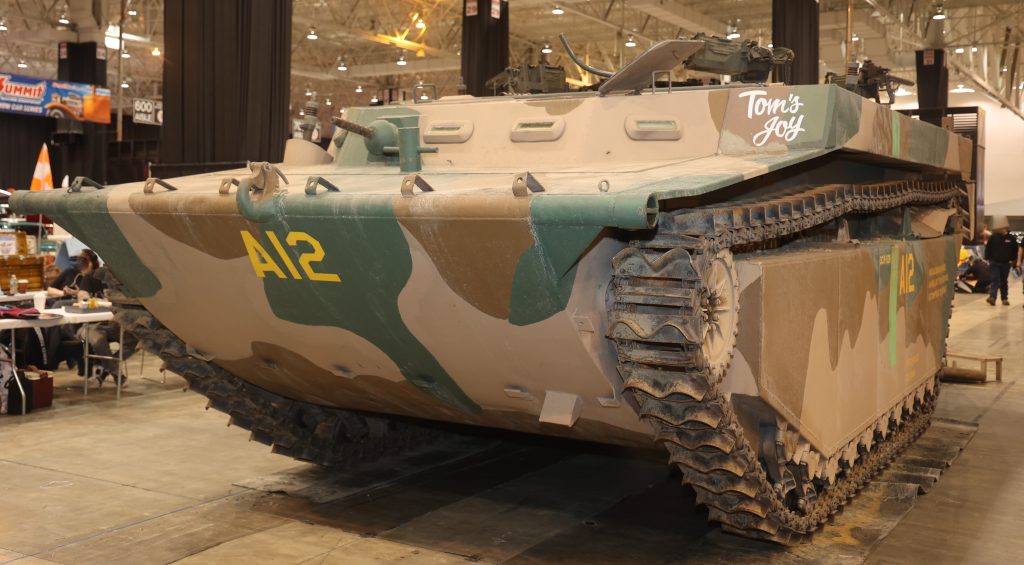
When early testing of the LVT showed promise, the military began ordering units.
Initial LVT-1s were produced by the Food Machinery Corporation, but increasing demand meant assembly gradually spread to other facilities. LVT-4 variants like the one pictured here were built under license by several companies, including the aforementioned FMC, the St. Louis Car Co. (“car” meaning train cars and trolleys here, not automobiles), Borg-Warner, and—you guessed it—Graham-Paige.
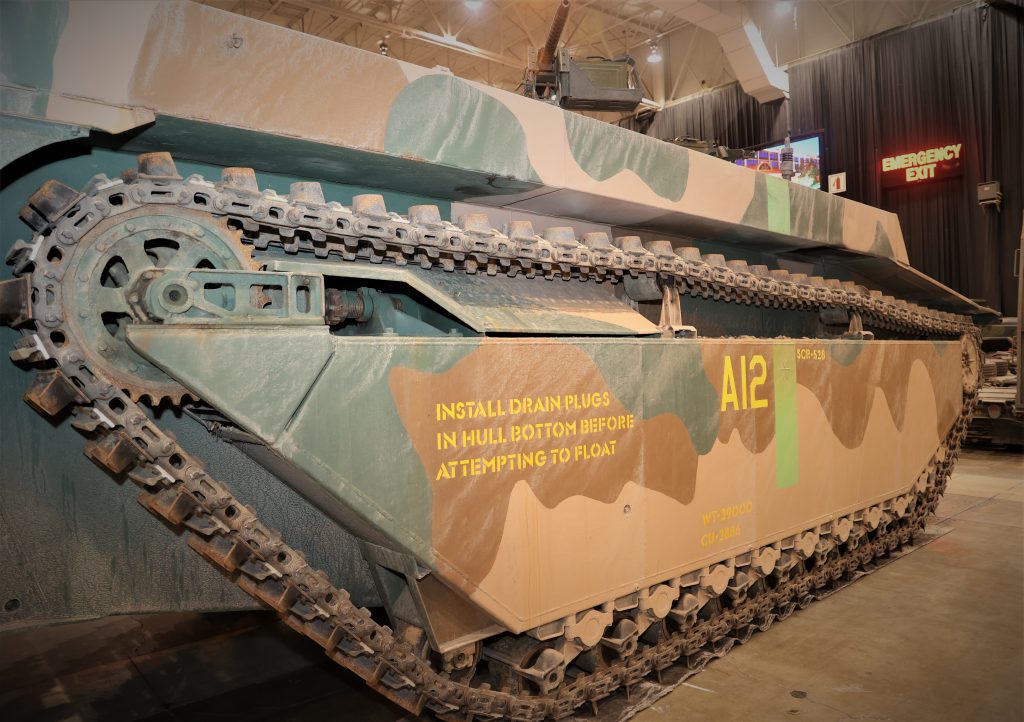
LVT-4 variants are easily identified by the large rear ramp door—a key enhancement from previous LVT models. Once the earlier LVTs entered into service, it was soon discovered that troops exiting from the stern of the craft were much better protected from enemy fire.
As a result, the rear ramp proved to be an invaluable asset, which meant that the LVT-4 was the most-produced version of the LVT series. The LVT-4 variant could carry a significant amount of troops and cargo, making it a versatile addition to both the European and Pacific Theatres.
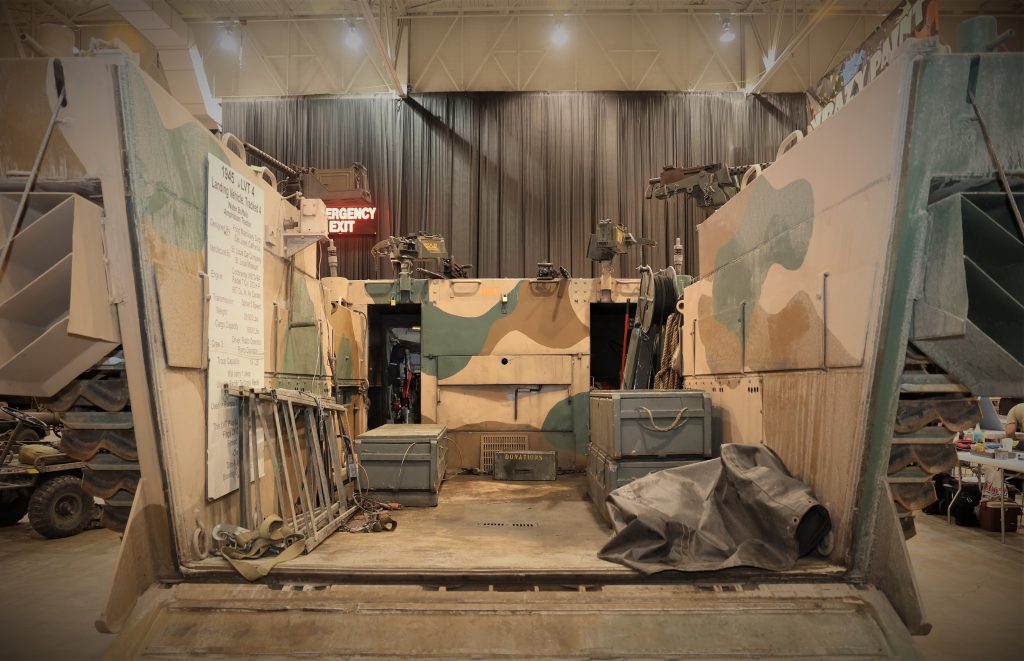
LVT-4s like the one seen here were propelled by a seven-cylinder Continental radial engine originally intended to power aircraft. All told, it made around 250 horsepower when fitted to an LVT. Shifting was done via a Spicer five-speed transmission.
The LVT-4s operated with a crew of three: a driver, radio operator, and ramp operator and, depending on configuration could carry up to 25 troops. And, as the picture below demonstrates, when called upon, it could carry and deploy a single Jeep.
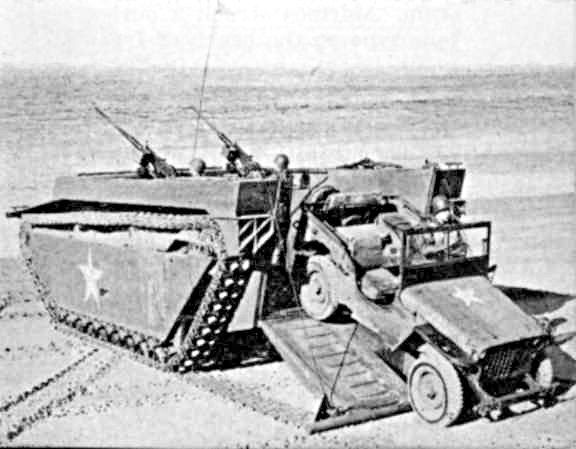
The End of the War…and Graham-Paige
Despite its involvement in the production of LVTs, Graham-Paige never went back to building automobiles after the war. Due to a conflux of labor and capital issues as World War II raged on, Graham-Paige halted operations and leased its factory space to Chrysler for the production of bomber aircraft.
Yet with peacetime approaching, Graham-Paige recruited then-president of Willys-Overland, Joe Frazer to oversee the company’s resurgence—but it never materialized.

Saddled with cashflow problems, Graham-Paige was instead acquired by the newly-minted Kaiser-Frazer Corporation, the brainchild of the aforementioned Joe Frazer and ship-building magnate Richard Kaiser. The duo put plans in place to release all-new automobiles under distinct Kaiser and Frazer nameplates. As a result, the Graham-Paige marque was shuttered.
You can read our short history on Frazer here for more details.
And with the new Kaiser and Frazer cars coming out of the former Ford B-24 bomber factory in Willow Run, Michigan, the original Graham-Paige plant near Chicago, Illinois was ultimately sold to Chrysler and the Graham-Paige name faded into obscurity.
Regardless of the ultimate outcome however, from the company’s heyday in the 1930s to its role in the war effort, there’s no denying that the Graham-Paige company is an integral part of American automotive history.


Comments